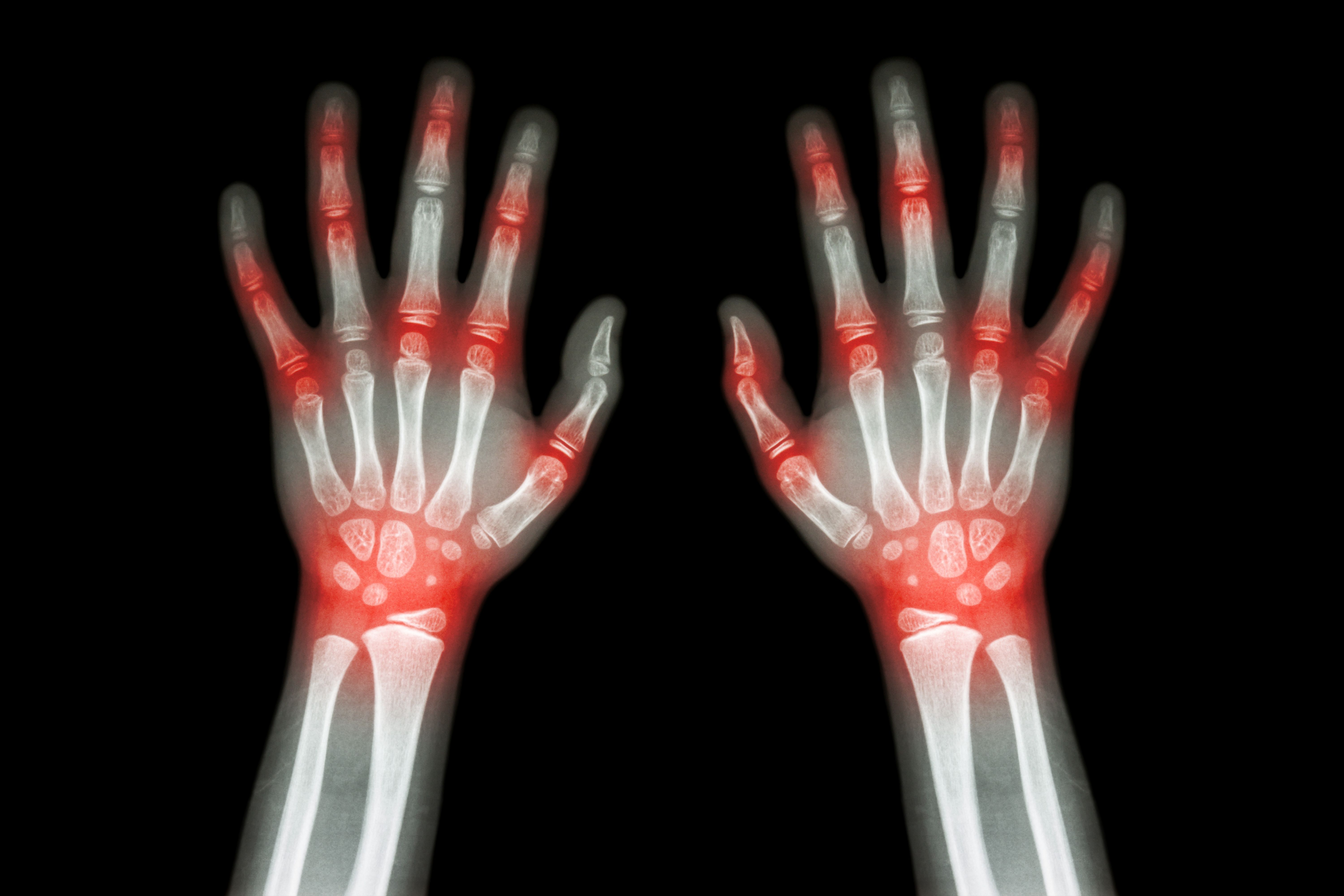While women are at risk of multiple musculoskeletal pain conditions, these diseases are not inevitable, according to a presentation by Lisa A Mandl, MD, MPH, at The Menopause Society 2023 Annual Meeting.
Takeaways
- Musculoskeletal pain is common among women in midlife, particularly during menopause, but it is not inevitable. Timely diagnosis and treatment are crucial for managing these conditions effectively.
- Osteoarthritis (OA) is the most prevalent joint disease globally and is strongly associated with female sex and age. Obesity is a significant risk factor for knee OA, which is the most common type of OA in midlife.
- Estrogen may have an impact on joint health, but the relationship between estrogen and OA in humans remains inconclusive. Other factors like weight gain and reduced physical activity also play a role in OA risk.
- Post-traumatic knee OA is a concern, especially among female athletes who are more prone to non-contact anterior cruciate ligament injuries. Knee OA can lead to adverse health events, including increased cardiovascular risk and mortality.
- Symptomatic OA is not an inevitable part of aging, and it can be prevented and even reversed. Exercise, physical therapy, and early diagnosis by healthcare providers are essential for improving outcomes and long-term health.
Musculoskeletal pain is often experienced by women in midlife, with join pain most common in women aged 45 to 55 years. About half of women will report musculoskeletal pain during menopause.
Of women in menopause, 21% report musculoskeletal pain as their most common symptom. The risk of chronic pain is 2 to 3 times greater in women with menopausal symptoms. This makes timely diagnosis vital, as many conditions are treatable.
Osteoarthritis (OA) is the most prevalent joint disease worldwide, with female sex being a strong risk factor. Age is another significant risk factor, but the condition may present in younger patients. Following diabetes and dementia, OA is the third greatest rising condition leading to disability.
A significant association has been made between estrogen and joint health in animal and basic science data, but data from human studies is inconclusive. While there is a possibility decreasing estrogen during midlife leads to increased OA risk, other factors such as increased weight gain and decreasing physical activity may also be responsible.
Knee OA is the most common OA type, with radiographic evidence reported in nearly 30% of adults aged over 45 years. It can lead to reduced physical activity, impaired sleep, depression, fatigue, and disability. Women with knee OA often present with more severe symptoms and radiographs than men.
Obesity is the strongest factor for knee OA in midlife. Knee OA has been reported in 50% of obese women aged 65 to 74 years, compared to under 6% of non-obese women of the same age. Each additional body mass index unit increases knee OA risk by approximately 15%.
Women are also at risk of post-traumatic knee OA. A rise in sports injuries was observed following the enactment of Title 9 in 1972, with female athletes being 3.5 times more likely of experiencing a non-contact anterior cruciate ligament injury than male athletes. Adverse events associated with knee OA include increased cardiovascular event risk and increased mortality risk.
Another form of OA is hand OA, which presents in approximately 50% of women aged 85 years and older. The mean age of onset is 50 years, and 90% of patients seeking care are women. Adverse events associated with hand OA include decreased hand strength, which increases the difficulty of daily tasks such as eating and dressing.
While OA was once considered “wear and tear disease,” symptomatic OA is not normal aging. Symptomatic OA may be prevented and reversed, as while x-rays do not fluctuate, pain may fluctuate over time. This allows pain to improve even when x-ray findings do not.
Recreational exercise is a potential method of reducing pain and helping to prevent weight gain. Improvements in pain are greater at 1 year from physical therapy than from an intra-articular corticosteroid injection, and pain relief from exercise may be equal to that of oral non-steroidal anti-inflammatory medications.
An early diagnosis often leads to improved outcomes. Ob-gyns can provide office-based, general medical assessments to female patients aged over 15 years. Long-term health may be significantly improved by identifying significant rheumatic and musculoskeletal disease risk factors.
Mandl LA. Rheumatologic issues at midlife. Presented at: The Menopause Society 2023 Annual Conference, Philadelphia, Pennsylvania.

